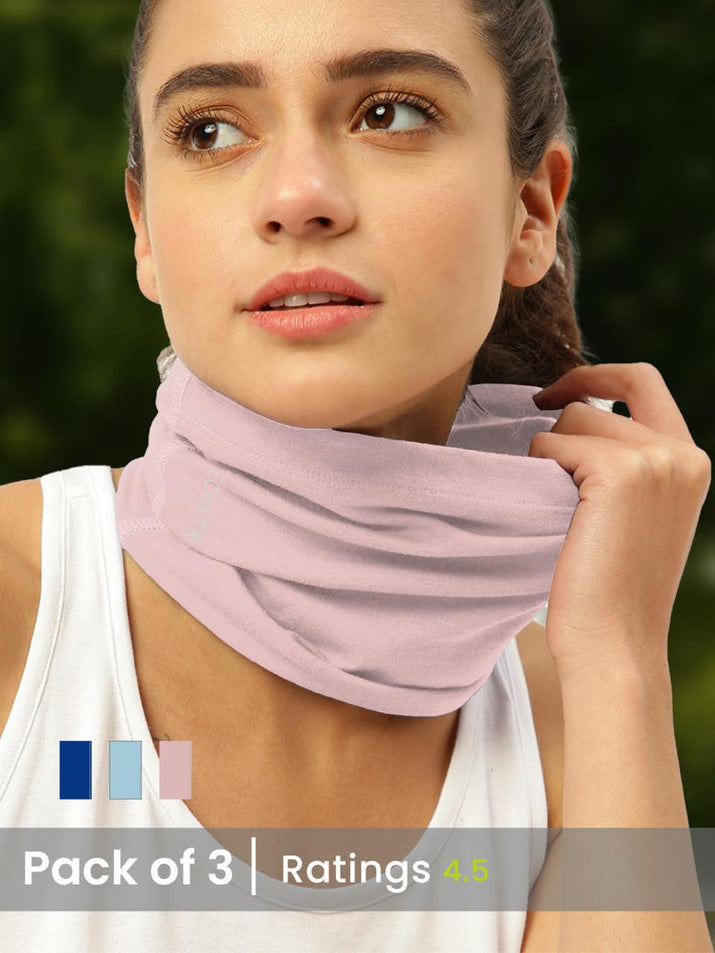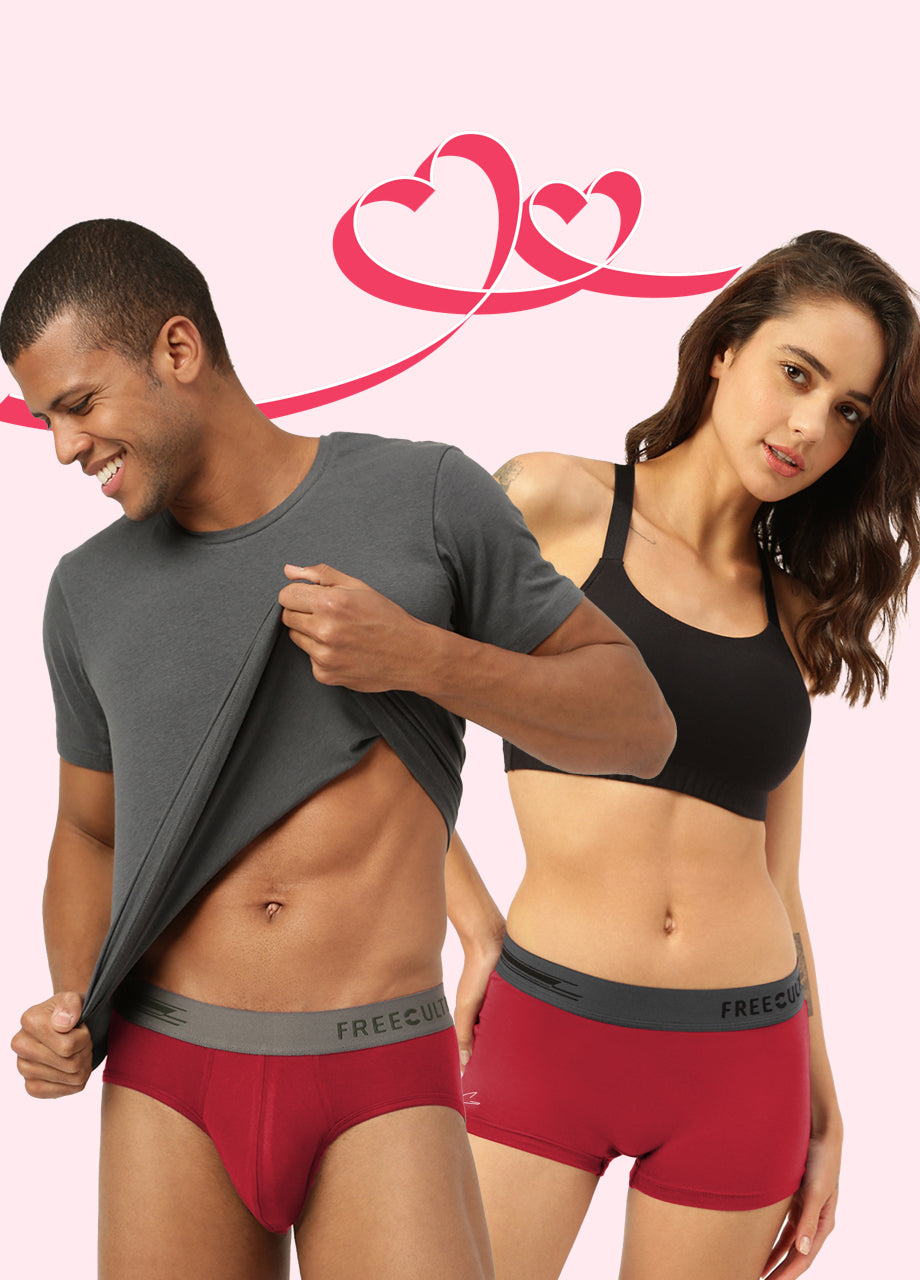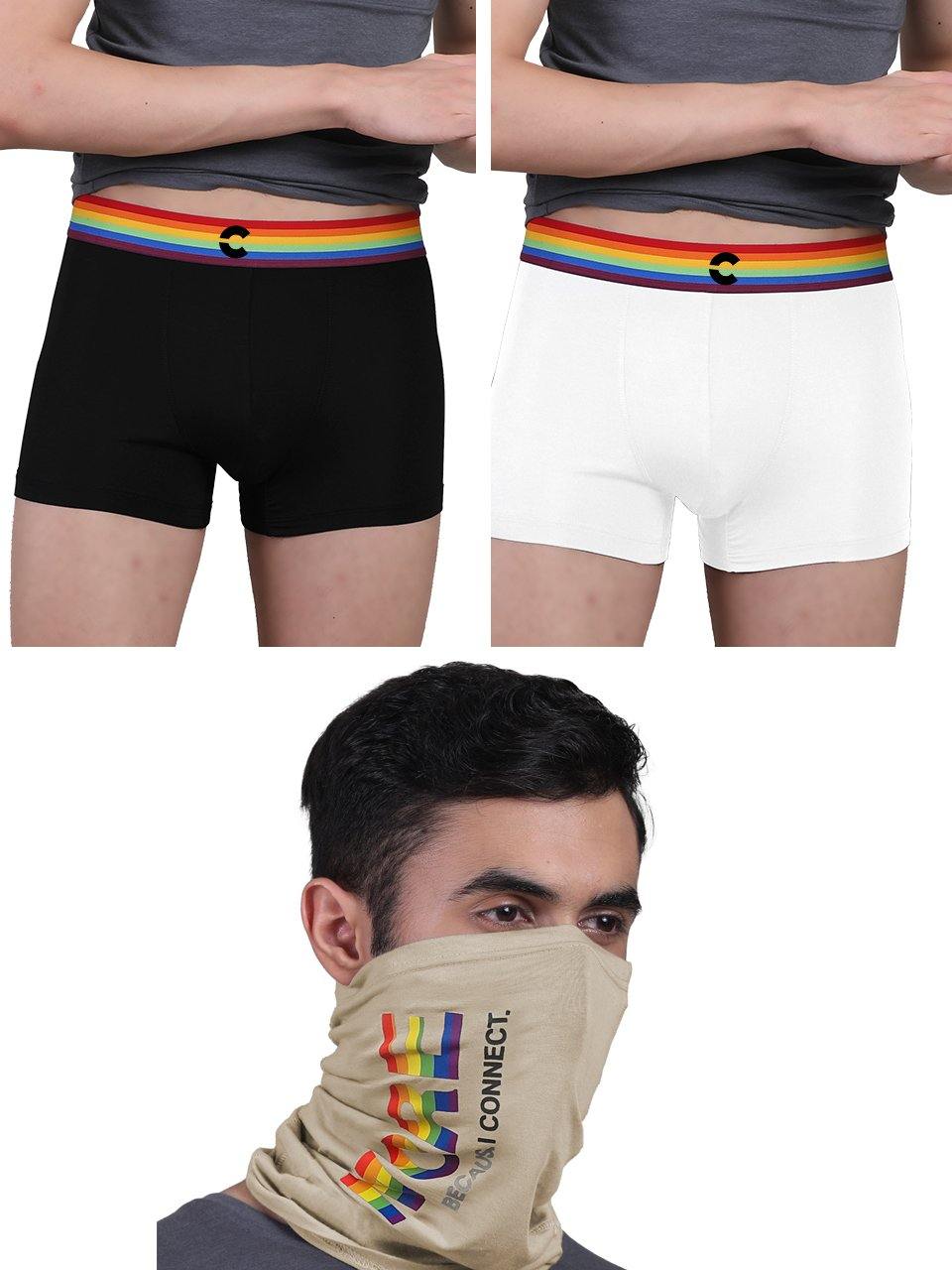The bandana, a deceptively simple square of fabric, has evolved from a utilitarian staple to a versatile accessory, seamlessly blending historical practicality with contemporary style. Once primarily a protective garment for cowboys and railroad workers, its technical specifications now include advanced weaves in organic cotton and moisture-wicking synthetics, providing essential UV protection and sweat management for outdoor enthusiasts engaging in activities like hiking or cycling. Concurrently, recent trends see bandanas re-emerge in high-fashion and streetwear, with brands reinterpreting classic paisley and novelty prints for neckerchiefs, head wraps. Wrist adornments, reflecting a unique fusion of heritage utility and modern aesthetic appeal.

Understanding the Bandana: A Foundation
The bandana, at its core, is a simple piece of fabric, typically square or triangular, characterized by its vibrant patterns and remarkable versatility. Derived from the Hindi word 'bandhnu,' referring to a tie-dyeing technique, its name itself hints at its origins in patterned textiles. While often associated with a distinct paisley motif, bandanas come in a myriad of designs, from solid colors to intricate prints, serving as both a practical accessory and a significant fashion statement. Historically made from cotton for its absorbency and comfort, modern bandanas can also be found in silk, linen, or synthetic blends, each offering unique properties in terms of drape, feel. Durability.
A Journey Through Time: The Bandana's Rich History
The history of the bandana is as colorful and varied as its patterns. Its roots can be traced back to ancient India, where the 'bandhnu' technique created brightly colored, patterned cloths. These textiles made their way to Europe through trade routes, evolving into what we recognize today. In the 18th century, bandanas gained popularity in America, particularly following the Revolutionary War, with Martha Washington reportedly commissioning bandanas featuring an image of George Washington. This marked an early instance of the bandana as a patriotic symbol.
- The Wild West Icon By the 19th century, the bandana became an indispensable tool for cowboys, miners. Railroad workers in the American West. Its primary function was practical: offering protection from dust and sun, acting as a makeshift filter against harsh winds, or serving as a sweatband during strenuous labor. This era solidified its image as a symbol of rugged individualism and utility.
- Counter-Culture and Rebellion The mid-20th century saw the bandana adopted by various counter-culture movements. Bikers, hippies. Rock musicians embraced it as a symbol of rebellion, freedom. Non-conformity. Its ease of wear and distinctive look made it a staple in alternative fashion.
- Modern Fashion and Utility Today, the bandana transcends its historical associations, becoming a ubiquitous accessory in high fashion and everyday wear. Its journey from a practical workwear item to a global fashion icon showcases its enduring appeal and adaptability, seamlessly blending utility with contemporary style. The blend of historical utility and modern aesthetics truly highlights its dual nature of Fashion and Comfort.
The Unparalleled Versatility of the Bandana: Beyond a Simple Cloth
What truly sets the bandana apart is its incredible versatility. Far from being a mere decorative item, it serves a multitude of purposes, making it a valuable addition to anyone's wardrobe or emergency kit. This adaptability contributes significantly to both its Fashion and Comfort appeal.
- Fashion Statement
- Headwear One of the most common uses. Bandanas can be folded into headbands to keep hair out of the face, tied as a full head wrap for sun protection or bad hair days, or incorporated into updos and ponytails for a touch of flair.
- Neckwear From a classic neckerchief knot to a chic ascot style, a bandana can add a pop of color or pattern to any outfit, offering both aesthetic appeal and a degree of warmth or sun protection for the neck.
- Wrist/Arm Accessory Tied around the wrist, a bandana acts as a stylish bracelet or a functional sweatband during physical activity.
- Bag Embellishment Tying a bandana to a handbag strap can instantly elevate its look, adding personality and a splash of color.
- Pet Accessory Many pet owners adorn their furry friends with bandanas, adding a cute and personal touch.
- Practical Utility
- Sweat Absorption Ideal for workouts, hiking, or hot weather, a bandana effectively absorbs sweat, keeping you cool and comfortable.
- Dust and Pollen Filter In dusty environments or during allergy season, a bandana can be pulled over the mouth and nose as a makeshift barrier.
- Sun Protection When worn over the head or neck, it provides crucial protection against harmful UV rays, especially useful during outdoor activities.
- Emergency Aid In a pinch, a bandana can function as a tourniquet, a bandage for minor cuts, a sling for an injured arm, or even a signal flag. Its simple design belies its potential as a survival tool.
- Cooling Aid Soaked in cold water, a bandana can be tied around the neck or wrist to help regulate body temperature in hot conditions.
My personal experience, much like that of many outdoor enthusiasts, often involves a bandana for its practical applications. Whether I'm on a long hike and need to wipe sweat from my brow, or caught in a sudden dust gust and need a quick face covering, the bandana is always the first item I reach for from my pack. It's a testament to its seamless blend of Fashion and Comfort, proving invaluable in diverse situations.
Selecting Your Ideal Bandana: Materials, Size. Pattern Considerations
Choosing the right bandana involves understanding the nuances of its construction and design. The material, size. Pattern each play a crucial role in its overall function and aesthetic appeal.
- Materials
- Cotton The most common and traditional choice. Cotton bandanas are highly absorbent, breathable, soft. Easy to wash, making them excellent for everyday wear, sweat absorption. General utility. They offer great comfort.
- Silk Offers a luxurious feel and elegant drape. Silk bandanas are softer on the skin, less absorbent. Often chosen for high-fashion statements. They provide a different kind of comfort – a smooth, gentle touch.
- Synthetic Blends (e. G. , Polyester) Often used for performance-oriented bandanas. These can be moisture-wicking, quick-drying. Durable, ideal for sports or extreme conditions.
- Linen Known for its breathability and crisp texture, linen bandanas are excellent for warm weather, offering a refined, natural look.
- Size
- Standard bandanas typically measure 22x22 inches (55x55 cm). This size is highly versatile for most head, neck. Wrist applications.
- Larger bandanas, sometimes 27x27 inches or more, offer greater coverage and more elaborate styling options, particularly for full head wraps or more voluminous neck ties.
- Smaller "handkerchief" sizes might be 18x18 inches, often used for pocket squares or subtle wrist accents.
- Patterns and Colors
- Paisley The iconic teardrop motif is synonymous with bandanas and remains incredibly popular for its timeless appeal.
- Solid Colors Offer simplicity and allow for easy coordination with various outfits.
- Novelty Prints From abstract art to pop culture references, these allow for personal expression.
- Geometric Patterns Stripes, checks. Other geometric designs offer a modern or vintage aesthetic depending on the specific pattern.
Styling Your Bandana: A Guide to Popular Looks
The art of wearing a bandana lies in its diverse styling possibilities. Here are some of the most popular ways to incorporate this versatile accessory into your look, blending Fashion and Comfort effortlessly:
- The Classic Headband
- Fold the bandana diagonally into a triangle.
- Roll or fold the longest edge repeatedly until it forms a band of your desired width.
- Place the center of the band against your forehead or over your hair, tying the ends at the nape of your neck (under the hair) or on top for a more visible knot.
- The Full Head Wrap
- Place the center of the bandana (folded diagonally into a triangle) on your forehead, with the longest edge just above your eyebrows.
- Bring the two side points around to the back of your head, crossing them tightly.
- Tie them in a knot over the third point, tucking in any loose ends for a secure fit. This offers excellent sun protection and a bold style.
- The Neckerchief
- Fold the bandana into a thin band as described for the headband.
- Wrap it around your neck, tying a simple knot at the front, side, or back. This can be worn snugly for a sophisticated look or looser for a casual vibe.
- The Wrist Wrap
- Fold the bandana into a narrow strip.
- Wrap it around your wrist several times, securing with a knot. This adds a pop of color and can be easily removed for practical uses.
- The Ponytail Tie
- Gather your hair into a ponytail or bun.
- Fold the bandana into a narrow strip or keep it as a triangle.
- Tie it around the base of your ponytail or bun, allowing the ends to flow freely for an effortlessly chic look.
Beyond Aesthetics: The Tangible Benefits of Bandanas
While often celebrated for its Fashion appeal, the bandana's true value lies equally in its practical benefits, offering a surprising degree of Comfort and utility in various real-world scenarios.
- Sun Protection As mentioned, wearing a bandana over your head or neck provides a physical barrier against harmful ultraviolet (UV) radiation. This is particularly crucial during prolonged outdoor activities like hiking, gardening, or beach outings, helping to prevent sunburn and reduce the risk of long-term skin damage.
- Sweat Management For athletes, laborers, or anyone active in warm climates, a cotton bandana acts as an excellent sweatband. Wrapped around the forehead, it absorbs perspiration, keeping sweat from dripping into the eyes and maintaining clearer vision, which directly contributes to comfort during physical exertion.
- Dust and Allergen Barrier In dusty environments—be it a construction site, a windy trail, or during chores like sweeping—a bandana can be quickly pulled up over the nose and mouth. While not an airtight seal, it provides a basic level of filtration against airborne particles, dust. Even larger pollen grains, enhancing respiratory comfort.
- Emergency Preparedness The simplicity and durability of a bandana make it an invaluable item for emergency kits. It can be torn into strips for makeshift bandages, used to apply pressure to a wound, or even tied as a primitive sling for an injured limb. Its bright colors can also serve as a signaling device in distress situations.
- Temperature Regulation On hot days, soaking a bandana in cool water and tying it around the neck or wrist can provide a significant cooling effect as the water evaporates. Conversely, on cooler days, a bandana can add an extra layer of warmth around the neck or head, demonstrating its adaptability for year-round comfort.
The bandana's ability to seamlessly transition from a stylish accessory to a crucial utility item underscores its remarkable design efficiency. It's a testament to how a simple piece of fabric can offer profound benefits in both daily life and unexpected circumstances, truly embodying the essence of Fashion and Comfort.
Caring for Your Bandana: Maintenance Tips
Maintaining your bandana is straightforward, ensuring its longevity and continued appeal. Most cotton bandanas are machine washable. For best results and to preserve colors, especially for patterned bandanas:
- Wash in cold water with similar colors.
- Use a gentle cycle.
- Tumble dry on low heat or, ideally, air dry to prevent shrinking and fading.
- Iron on a medium setting if desired, to remove wrinkles and crisp up the fabric.
For silk bandanas, hand washing with a mild detergent and air drying is recommended to maintain their delicate texture and sheen.
Conclusion
The humble bandana, as we've explored, is far more than just a simple square of fabric; it’s a powerhouse of personal expression and practical utility. Its incredible versatility allows it to seamlessly adapt from a functional accessory, shielding you from sun or dust, to a chic style statement. It embodies effortless cool and timeless appeal, proving that true style doesn't have to be complicated. Now it’s your turn to unleash its potential. Don't hesitate to grab a bandana and experiment – tie it around your neck for a classic Western flair, use it as a vibrant hair tie for an instant pop of color, or knot it onto your favorite tote bag to elevate an everyday look. I personally love how it instantly adds character to a simple tee and jeans, especially with the current resurgence of vintage accessories. Embrace this small but mighty item; it’s a testament to how adaptable and impactful thoughtful styling can be.More Articles
Tees – Soft Feel, Lasting Quality & Effortless StyleTank Top – Lightweight Design & Essential Layering
Women's Boxers – Relaxed Fit & Perfect Loungewear
Bandana – Stylish Accessory & Multi-Functional Use
FAQs
What makes a bandana so useful?
Bandanas are incredibly versatile! You can wear them as a stylish accessory for your hair, neck, or wrist, use them as a practical face covering, or even tie them onto a bag for a pop of color. They're a Swiss Army knife of fabric.
Are bandanas actually comfortable to wear all day?
Absolutely! Most bandanas are made from soft, breathable cotton, making them lightweight and comfortable enough for extended wear. They won't feel heavy or restrictive, even in warmer weather.
What are some cool ways to style a bandana?
There are tons! Try it as a classic headband, a chic neckerchief, a unique wrist wrap, or tie it around your ponytail. You can also use it to accessorize your purse or backpack for an added touch of flair.
Can a bandana offer any protection?
Yes, they can! While not a medical device, a bandana can provide a light barrier against sun, dust. Wind. They're also great for soaking up sweat during activities or keeping hair out of your face.
What material are bandanas usually made from?
The most common material for bandanas is 100% cotton. This makes them soft, durable. Easy to care for. Sometimes you'll find blends. Cotton is king for comfort and breathability.
How should I wash my bandana?
It's super easy! Machine wash your bandana in cold water with similar colors. You can tumble dry it on low or, even better, air dry it to help maintain its shape and color over time.
Are bandanas just for certain people or looks?
Not at all! Bandanas are a truly universal accessory. They're unisex and can be rocked by anyone, regardless of age or personal style. They're a timeless piece that adapts to countless outfits and occasions.






